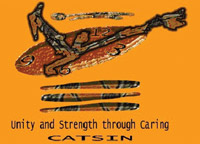- Robyn Coulthard1
- Congress of Aboriginal & Torres Strait Islander Nurses (CATSIN), Bribie Island, QLD
Correspondence:
Online responses are no longer available. Please refer to our instructions for authors page for more information.





